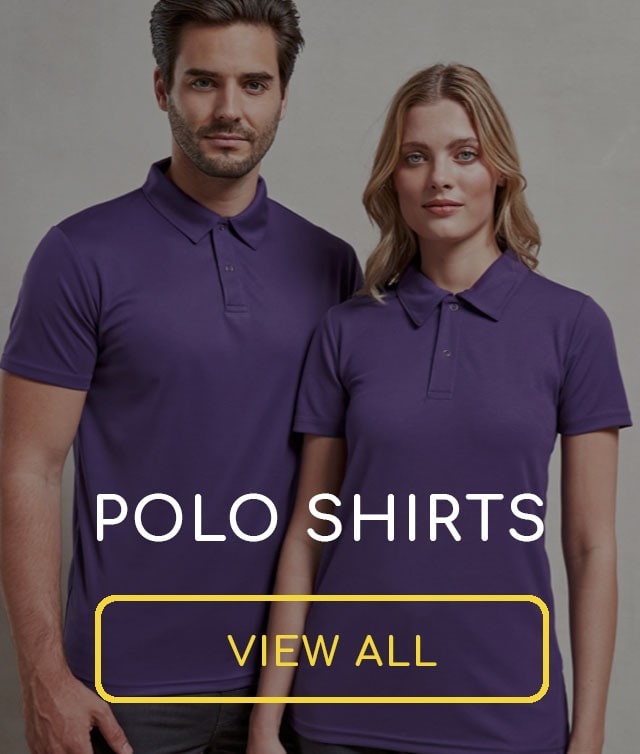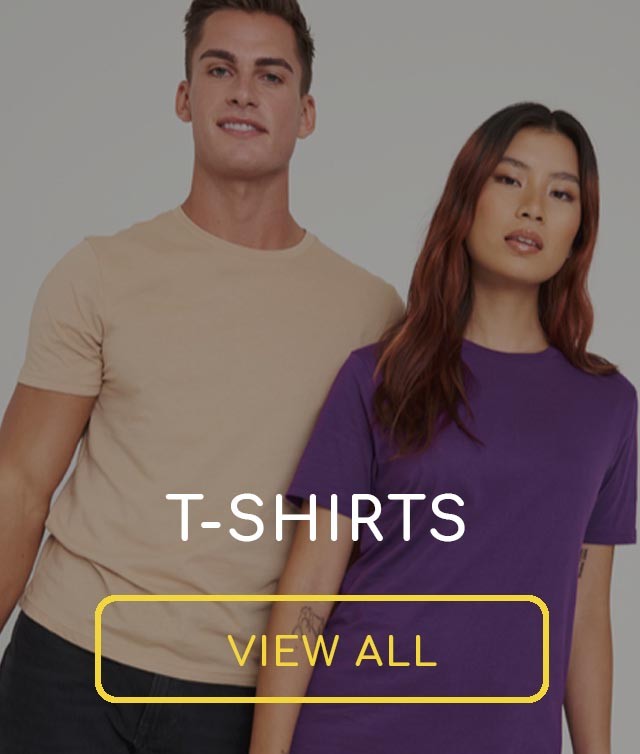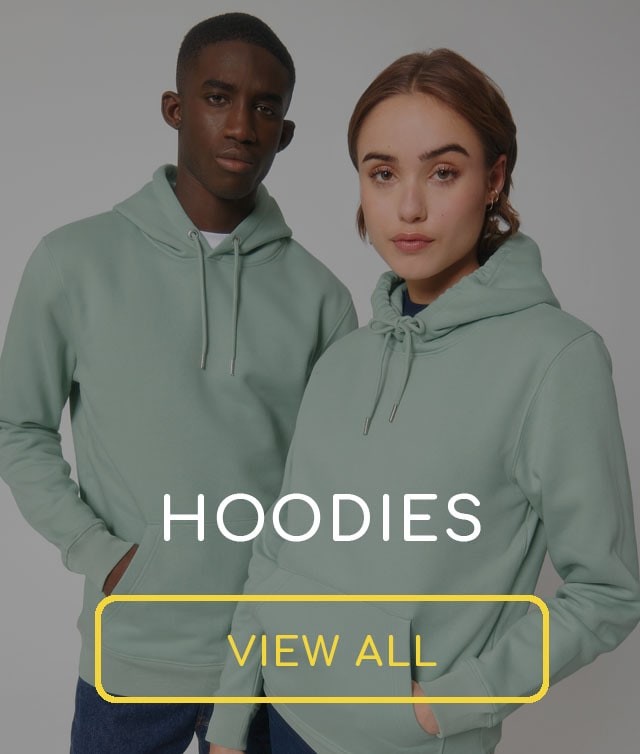WHATS THE DIFFERENCE BETWEEN A 50/50 POLO SHIRT AND A COTTON POLO SHIRT?
A garment that is referred to as 50/50 is a split between cotton and polyester. 50% Is cotton which is a natural fibre and the rest being 50% polyester which is a man made material. This is typically known in the industry as a 50 50, or if the garment is cotton rich, then you might see something like 70 30 which is 70% cotton and 30% polyester. You may also see a composition of cotton and polyester as polycotton polo shirt. This can be any mix of polyester and cotton, like a 70 30 or a 50 50.
Is a 50 50 Polo Shirt better?
So why is a 50 50 polo shirt better than polyester? Well actually it isn’t better. Both have their pros and cons when it comes to your chosen workwear and it all depends on your usage and needs from your clothing.
A polo shirt which is 50 50 is perfect for companies and individuals who maybe wear the same product a lot and wash it regularly. For example, if you’re a trades person with a 50 50 polo shirt then the chances are you will be wearing one polo a day and then washing it.
As the polyester in the garment is man made it’s more durable than cotton and therefore holds is shape and colour better than cotton. The cotton element of the polo is great for softness and breathability as it’s a natural fibre compared to the polyester. Most of the time, with a 50 50 polo shirt you’re getting the best of both worlds which is why this tends to be one of our most common and popular workwear polo shirt compositions.
50 50 Is also great for other products as well such as T-Shirts, Hoodies and Sweatshirts. All of these work great with both embroidery and print so you’re aren’t limited.
Come see them for yourself
If you’re near to Halesowen then you can pop into our showroom and feel the difference between the different material compositions for the polo shirt and other products and see which suits your needs best.
Alterntively we do offer sample packs which you can purchase to see the product quality which can also be useful for sizing guides if you have a large team.




